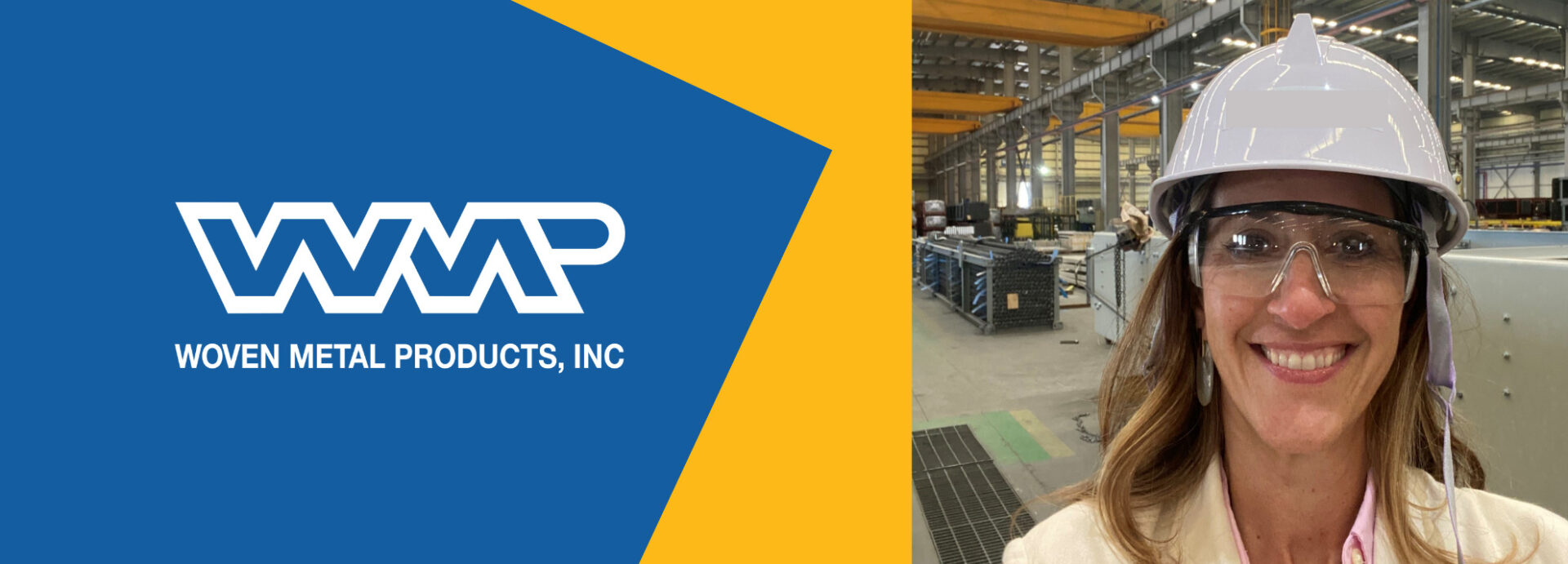By Heather Bennett, VP of Strategy and Marketing for WMP
When I started working with Woven Metal Products (WMP) in 2011, I had the advantage of not knowing the fabrication industry. I brought an outside perspective and new ways of thinking to a company that had been operating much the same since its beginnings.
With support from leadership, I helped devise business plans and new processes to set us up for greater efficiency and long-term growth.
Here are my thoughts on the top areas to tackle when it comes to change management in any industry — but especially for manufacturing and fabrication companies.
Identify holes and make a plan to fill them.
When I started in business development for WMP, I had to get to know our customers and their needs, from the ground up. We specialized in reactor internals and fabrication, but I kept hearing about other needs from our customers in other areas and products that we didn’t currently offer.
I saw an opportunity to revise our product offering structure, adding a Tower Internals division to meet those needs. That meant adding new people and equipment to fabricate additional products, which all came with time and planning through a formal business proposal. It forced our team to think through the growth process and form the path forward to where we are today.
Keep communication wide open.
In our industry, there’s always an opportunity to improve communication between the office, sales and manufacturing floor teams. It’s important to keep these groups connected, so projects are on time and made to very precise specifications.
Several years ago, we instituted a daily production meeting each morning, so our whole team could outline priorities for the day, troubleshoot any issues, and offer collaborative suggestions. We recently redesigned our fabrication shop to bring the drafting offices into the same space as our workshop, further opening the lines of communication between those two groups. All these tactics have helped us keep our knowledge swap flowing.
Reduce any friction possible.
It can be hard to shake up a procedure that has been in place for decades, but finding efficiencies is critical for growth. And oftentimes, an outside perspective can highlight obstacles an existing team may not have seen.
A decade ago, our team overhauled our sales procedures. Our former process wasn’t streamlined, so it wasn’t always clear who was fielding a request or handling a specific task. Now we’ve set up an inside sales team, as well as a centralized contact for leads and quote requests. Our team developed this process together to fit our workflow in a way that helped us become nimbler at answering requests and growing our client base.
That process led to us finding a better way to track projects’ status within our shop. Getting updates from the fabrication shop through an antiquated system no longer worked when our volume of work ramped up with our new product division. We created a robust procedure manual and adopted more reporting functionality within our software solution to allow anyone involved, whether a sales rep or a welder, to access needed information about a project and track its status or next step.
Plan with your people in mind.
People are a company’s most valuable asset, and retaining them should be a top priority. Our leadership team recognized we were missing a clear career growth path for team members, so we set about creating a program to make one. We formalized every position’s role and responsibilities with official job descriptions, set up an annual review process, and made growth paths clearer. We also started a cross training program to give team members the chance to learn new skills while on the job and explore other positions.
Another priority has been building trust and a team mentality. We recently rolled out a formal internal communications program to foster more transparent, two-way communication to reach not only our office staff, but also our shop team members who aren’t connected to email all day. We also established programs to regularly recognize the hard work our team does and communicate how much we value them. Keeping an eye to the future, we launched Woven Together, our community engagement program, to reach students in trade schools who we hope will one day be part of our workforce.
Always think long term and big picture.
It’s easy to get caught up in day-to-day work, but it’s so important to continually lay the groundwork for future growth. As I’m charged with strategy oversight, I’m constantly thinking about what’s next and what tools and resources we need to achieve our goals. I keep a running list of long-term strategic goals and ideas for our company, so we always have a pipeline of projects to tackle. That includes long-term thinking about our marketing and sales approach, personnel needs, product offerings and the emerging tools and technology in which we need to invest.
For me, change management is all about making it easier for your team to achieve big goals and grow together, while fixing problems with long-term solutions. And when you have the right people in place to take daily problem solving off leadership’s plate, they can look to big picture strategy that will help everyone reach the next level.

